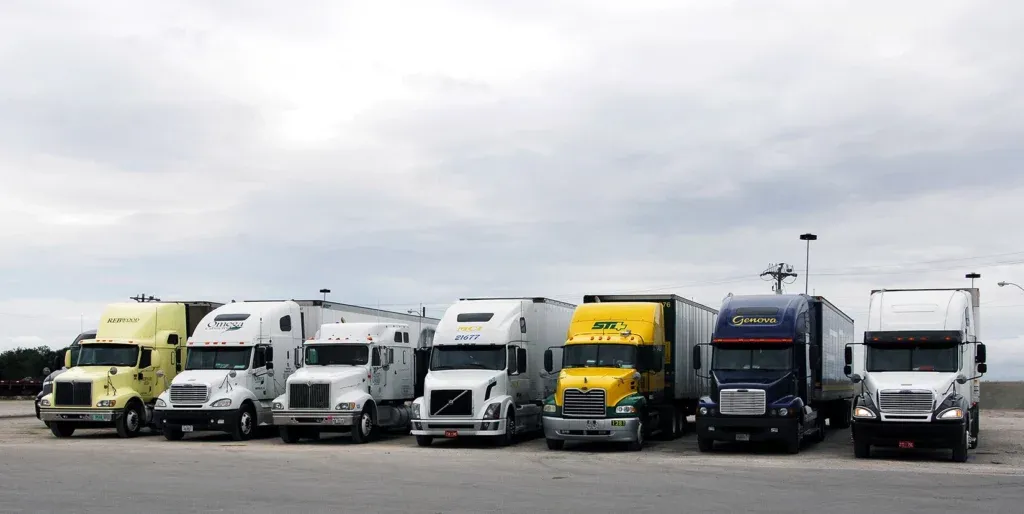Optimizing Inbound Logistics for the Automotive Sector

Optimization of inbound logistics is a need of the hour in the fast-growing automotive industry today for efficiency, cost-effectiveness, and competitiveness. In this article, we will discuss the importance of inbound logistics in the automotive sector, key optimization strategies, the role of technology, and sustainability, focusing on what lies ahead in future trends.
Inbound Logistics in the Automotive Sector: Shat’s This and Why Does it Matter?
Inbound logistics is a process of managing, procuring, and transporting raw materials and components from suppliers to manufacturing facilities. The latter, in this case, happens to be automotive with thousands of interacting suppliers and manufacturers, which are situated across regions. Proper handling of inbound logistics by a company is necessary because it directly impacts production efficiency, cost control, and supply chain reliability.
Impact on Production Efficiency
Optimization of inbound logistics may significantly boost production efficiency. Companies will not be delayed in production and, therefore, eliminate costly stoppages realized within production. This is especially so for just-in-time manufacturing, where components are supposed to arrive at any given time; hence, poor inbound logistics management translates into high inventory costs and low production velocities.
Strategies for Optimization
Inbound logistics should be optimized in an integrated way by applying various strategies and practices. Automotive companies that focus on these priority areas are better able to undertake lean initiatives that improve their supply chain, reduce costs, and enhance operational efficiency.
- Supplier relationship management. Managing relationships with suppliers ensures timely delivery and the right quality.
- Technology integration. Embracing the latest technologies will support the automation of operations, real-time visibility, and enhanced decision-making.
- Inventory management. Effective techniques in inventory management would help alleviate the costs involved in holding and waste.
- Transportation efficiency. Optimizing transport modes and routes may lead to notable cost savings, including reduced delivery time.
- Risk management. Assessing potential risks and developing potential contingency plans can help reduce possible supply chain problems.

Technological Innovations
Technological innovation is reshaping the landscape of inbound automotive logistics. A few primary technologies are discussed, along with the competitive advantage, efficiency, and supply chain visibility gained by companies’ adoption of new technologies.
Monitoring in Progress
Real-time tracking adds visibility to the supply chain, empowering companies to follow up on shipments and their inventory levels around the clock. It helps reveal bottlenecks and the chances to optimize routes, ensuring that schedules in production are met. More and more, such transparency is made possible by technologies like GPS, RFID, and Internet of Things sensors.
Blockchain Technology
The blockchain ensures that tracking the movement of goods along the supply chain is secure and transparent. The provision of a tamper-proof record of transactions will further enhance trust between parties, improve traceability, and reduce fraud risks. This is useful, especially in the automotive industry, where there is compliance with safety and quality standards.
Robotics and Automation
Warehousing and inventory management are now very much within the fold of robotics and automation. AS/RS brings out a potential increase in storage density with an acceleration of goods handling. AMRs are used for part and material transportation inside warehouses, which eventually brings its volume to zero and makes it highly efficient.
Sustainability and Inbound Logistics
Companies reduce their carbon footprints, in this way contributing to sustainability goals on a macro-level. In addition, preventing wastage and excess inventory implies not destroying the environment so much. Many automobile companies have adopted green logistics to reduce their adverse environmental effects. It comprises bio-degradable packages, increasing the loading capacity for reduced fuel consumption, and researching and adopting vehicles that use alternative means for power on the road. All this improves the environment and offers cost savings and positive brand influence through sustainable logistics practices.
Future Trends in Automotive Logistics
The future landscape of automotive logistics is set to change with every passing technological development. New techs like AI, IoT, and autonomous cars bring new optimization opportunities. In addition, global trade policies and tariffs are changing; companies will have to adapt their strategies in logistics to remain competitive.
Conclusion
Effective inbound logistics is a critical factor for any automotive company that wants to enhance effectiveness, decrease cost, and not lose its competitive ability in such a fast-moving industry. This will have to be done by focusing on strategies relating to supplier relationship management, technology integration, and best practices in sustenance to build an agile and responsive supply chain supporting their production aspiration. At the same time, in the long run, equal weightage has to be given to embracing technological innovations and adaptability to global changes pertaining to trade.fering competitive pricing, extensive coverage, and advanced technology to meet businesses’ diverse needs.
